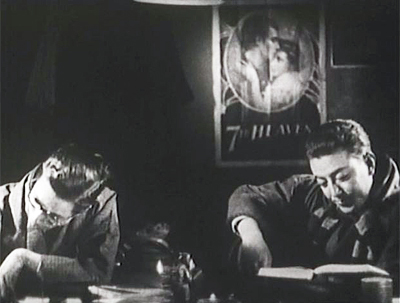Just a few expectations to set before I begin this exploration of Ozu. My notes on each film will be more impressionistic, steering clear for the most part of plot summaries, and focusing instead on an overall effort to explain what exactly makes Ozu's work so powerful. I will avoid reading any outside information on Ozu while completing this film by film viewing in an attempt to record only my pure reactions uninformed by any outside opinion or context. The advantages of this approach I hope will ultimately outweigh the obvious limitations. For his filmography, I am using what is listed on IMDb. There are most certainly more definitive lists somewhere else but for this informal project I feel IMDb will be sufficient. According to both IMDb and this article Ozu's first seven films are forever lost. These films are:
Sword of Penitence/Zange no yaiba (1927)
The Dreams of Youth/Wakodo no yume (1928)
Wife Lost/Nyobo funshitsu (1928)
Pumpkin/Kabocha (1928)
A Couple on the Move/Hikkoshi fufu (1928)
Body Beautiful/Nikutaibi (1928)
Treasure Mountain/Takara no yama (1929)
And so I begin this project with Ozu's eighth film, Days of Youth, from 1929.
What I first noticed about the film is it lacked the typical Ozu contemplative and placid rhythm. Instead, most of the shots seemed to last only a couple of seconds and the film was almost entirely devoid of the long static takes I often associate with Ozu's work.
As early as this first surviving work, Ozu already has an interest in exploring the threat of Westernization on Asian culture. During several moments he lingers over American products - characters eating "California" asparagus or American raisins, American university college pennants hanging on one of the main character's walls, and the most prevalent of all, a poster from Borzage's 1927 American film 7th Heaven.
I would classify the work as Ozu still searching for his trademark style. There are certain expressionistic camera angles and pans of the camera that Ozu would seem to entirely abandon later on his career (too flashy). And there is an "action sequence", a scene of the characters dancing, that is perhaps the most memorable scene in the film but also far from the type of flourish Ozu would allow himself in his later work.
A characteristic of Ozu's work that maybe does not get mentioned enough is his sense of playfulness. There are a number of sight gags reminiscent of Chaplin or Keaton and a lightness Ozu attemps to infuse into the narrative that we will see again and again in his work.
Lastly, more of a question than anything and something to look for as these viewings evolve is Ozu's Zen Buddhism. The film often felt more cruel than the other Ozu work I had seen only to come around at the end to something that felt very much aligned to the Zen Buddhist perspective. More on this theme and overall aspect of Ozu's work as the project continues.
Thursday, May 14, 2015
Subscribe to:
Post Comments (Atom)




No comments:
Post a Comment